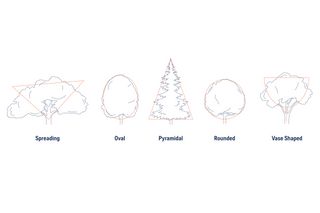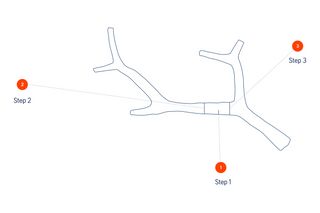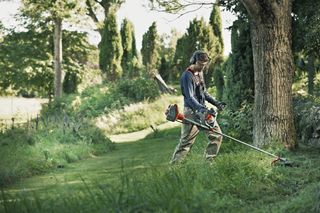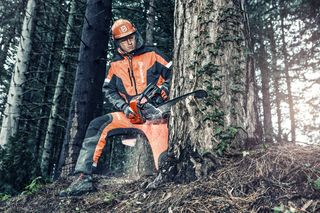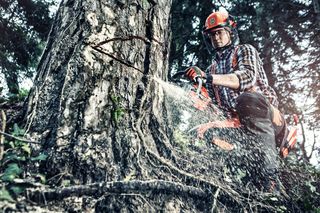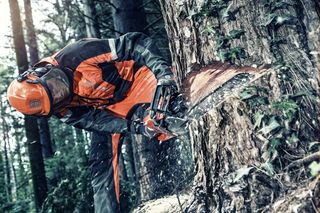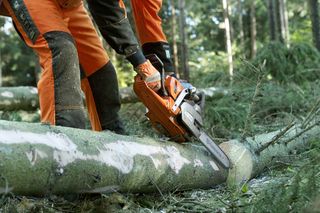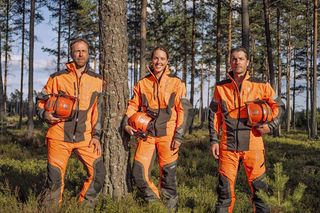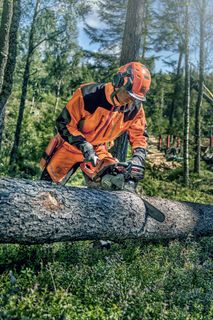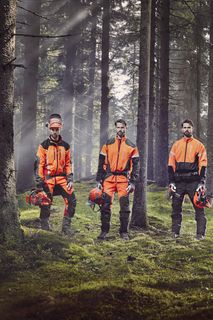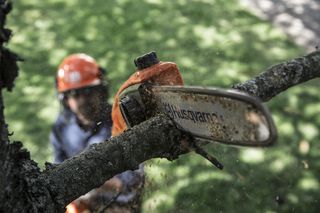
How-To's & Guides
How to prune a tree
To put it simply: proper tree pruning removes unwanted growth while encouraging new growth. But which branches should you prune? When should you do it – and what tools might you need? To help you navigate the possibilities, we’ve put together this simple guide to tree pruning.
Tips for tree pruning
8 options
Why should I prune a tree?
When should I prune a tree?
What tools do I need for tree pruning?
What safety factors do I need to bear in mind when pruning a tree?
Which branches should I remove when pruning?
How do I cut thicker branches when pruning?
How much can I remove when tree pruning?
What are the benefits of a Husqvarna battery-powered pole saw?
More Husqvarna how-to guides
Related articles
Showing 10 of 216

